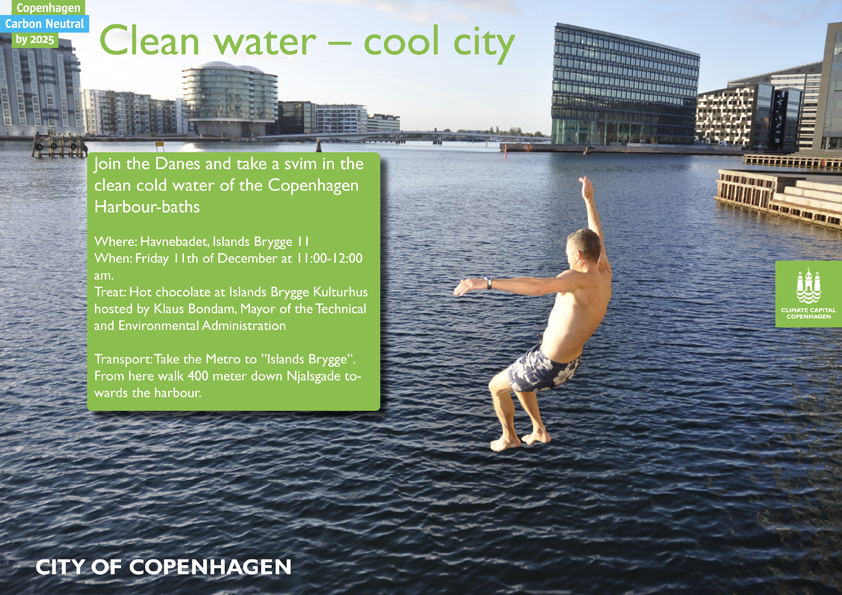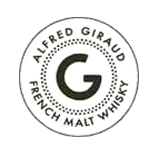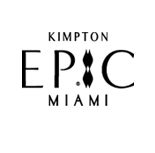Copenhagen: From Sewer to Harbor Bath
In Copenhagen, Denmark, many years of investments in the sewage system has revitalized the harbour. The revitalization is mainly due to a remarkable reduction in the discharge of wastewater during rainfall. The Copenhagen case illustrates how municipal strategies and investments towards cleaning up the harbour. In 2002, a public harbour bath opened in the area of Islands Brygge. Today, the harbour bath is a striking urban oasis that marks Copenhagen’s position as a clean and livable city. In Copenhagen, Denmark, many years of investments in the sewage system has revitalized the harbour. The revitalization is mainly due to a remarkable reduction in the discharge of wastewater during rainfall. Visitors during COP15 will be able to take a winter bath in the harbour.
For many years, the discharge of wastewater from sewers and industrial companies had a major impact on the water quality in Compenhagen harbour. The water was heavy polluted with sewage, algae, industrial waste and oil spills from commercial harbour transport.
In 1995,93 overflow channels fed wastewater into Copenhagen harbour and the adjacent coastlines. Since then, the municipality has built rainwater reservoirs and reservoir conduits, which can store wastewater until there is space again in the sewage system. This has resulted in the closing of 55 overflow channels. Today, wastewater is only discharged to the harbour during heavy rainfalls.
Municipal investments in a modernization of the sewage system and an expansion of the city’s wastewater treatment plants, which are to remove nutrient salts and minimize discharge of heavy metals, has revitalized the harbour of Copenhagen. In 2002, the first public harbour bath opened in the area of Islands Brygge, making Copenhageners among the few people in Europe able to bathe in their harbour without jeopardizing their health. An established on-line warning system calculates and monitors the water quality in the harbour. If the water quality is poor, the swimming facilities are immediately closed.
Today, Copenhagen harbour is almost as clean as the water in the Sound. The high water quality and the popular recreational bathing facilities along the harbour front are some of the elements in the city’s vision to become the capital city in the world with the best urban environment by 2015.
In Copenhagen, Denmark, many years of investments in the sewage system has revitalized the harbour. The revitalization is mainly due to a remarkable reduction in the discharge of wastewater during rainfall. The Copenhagen case illustrates how municipal strategies and investments works towards cleaning up a city harbour. In 2002, a public harbour bath opened in the area of Islands Brygge. Today, the harbour bath is a striking urban oasis that marks Copenhagen’s position as a clean and livable city. In Copenhagen, many years of investments in the sewage system has revitalized the harbour. The revitalization is mainly due to a remarkable reduction in the discharge of wastewater during rainfall. Visitors during COP15 will be able to take a winter bath in the harbour.

For many years, the discharge of wastewater from sewers and industrial companies had a major impact on the water quality in Compenhagen harbour. The water was heavy polluted with sewage, algae, industrial waste and oil spills from commercial harbour transport.
In 1995, 93 overflow channels fed wastewater into Copenhagen harbour and the adjacent coastlines. Since then, the municipality has built rainwater reservoirs and reservoir conduits, which can store wastewater until there is space again in the sewage system. This has resulted in the closing of 55 overflow channels. Today, wastewater is only discharged to the harbour during heavy rainfalls.
Municipal investments in a modernization of the sewage system and an expansion of the city’s wastewater treatment plants, which are to remove nutrient salts and minimize discharge of heavy metals, has revitalized the harbour of Copenhagen. In 2002, the first public harbour bath opened in the area of Islands Brygge, making Copenhageners among the few people in Europe able to bathe in their harbour without jeopardizing their health. An established on-line warning system calculates and monitors the water quality in the harbour. If the water quality is poor, the swimming facilities are immediately closed.
Today, Copenhagen harbour is almost as clean as the water in the Sound. The high water quality and the popular recreational bathing facilities along the harbour front are some of the elements in the city’s vision to become the capital city in the world with the best urban environment by 2015.
Subscribe now to the StyleWise Fashion Watch. Get a whole lot more fashion news delivered to your mailbox everyday.
[ad name=”234×60 banner”].
Did you like this? Share it:
This entry was posted
on Saturday, December 26th, 2009 and is filed under
Communiqués.
You can follow any responses to this entry through the
RSS 2.0 feed.
You can
leave a response, or
trackback from your own site.








[…] here to see the original: The StyleWise Reportage » Copenhagen: From Sewer to Harbor Bath By admin | category: treatment, wastewater treatment, water treatment | tags: british, […]
[…] Continued here: The StyleWise Reportage » Copenhagen: From Sewer to Harbor Bath […]